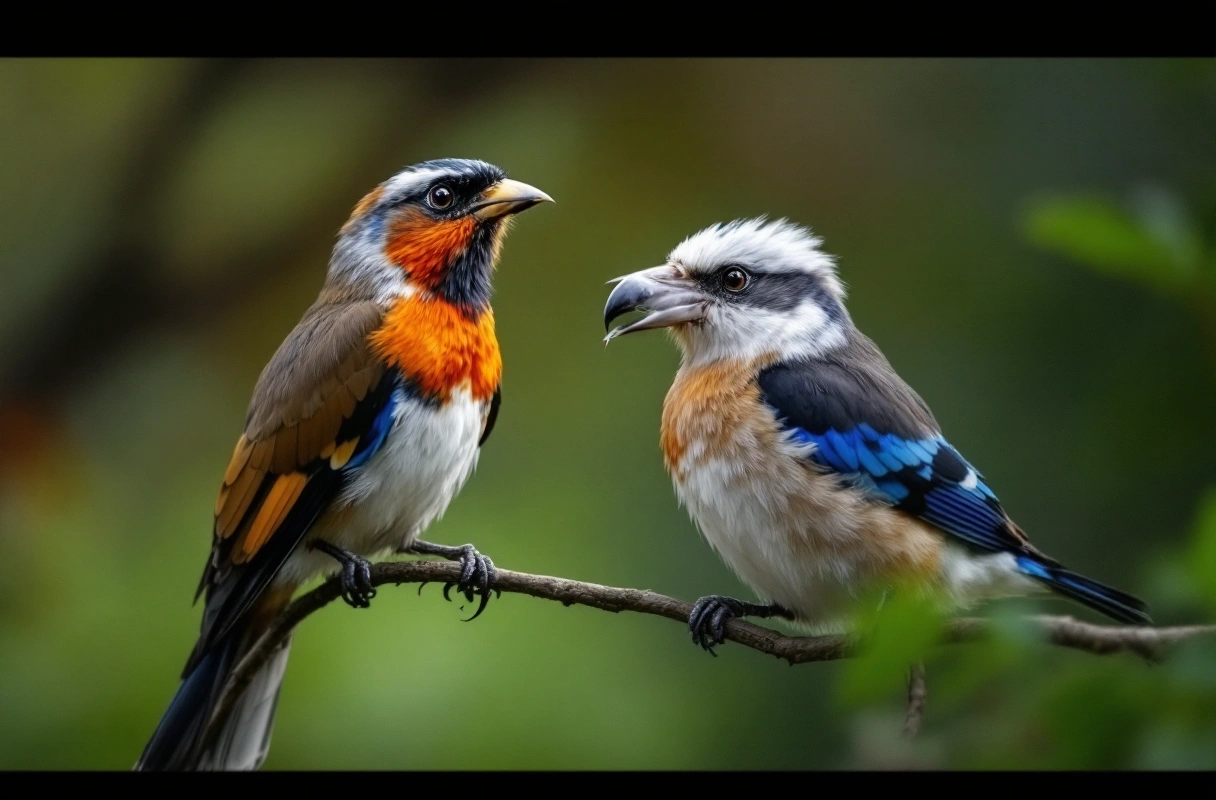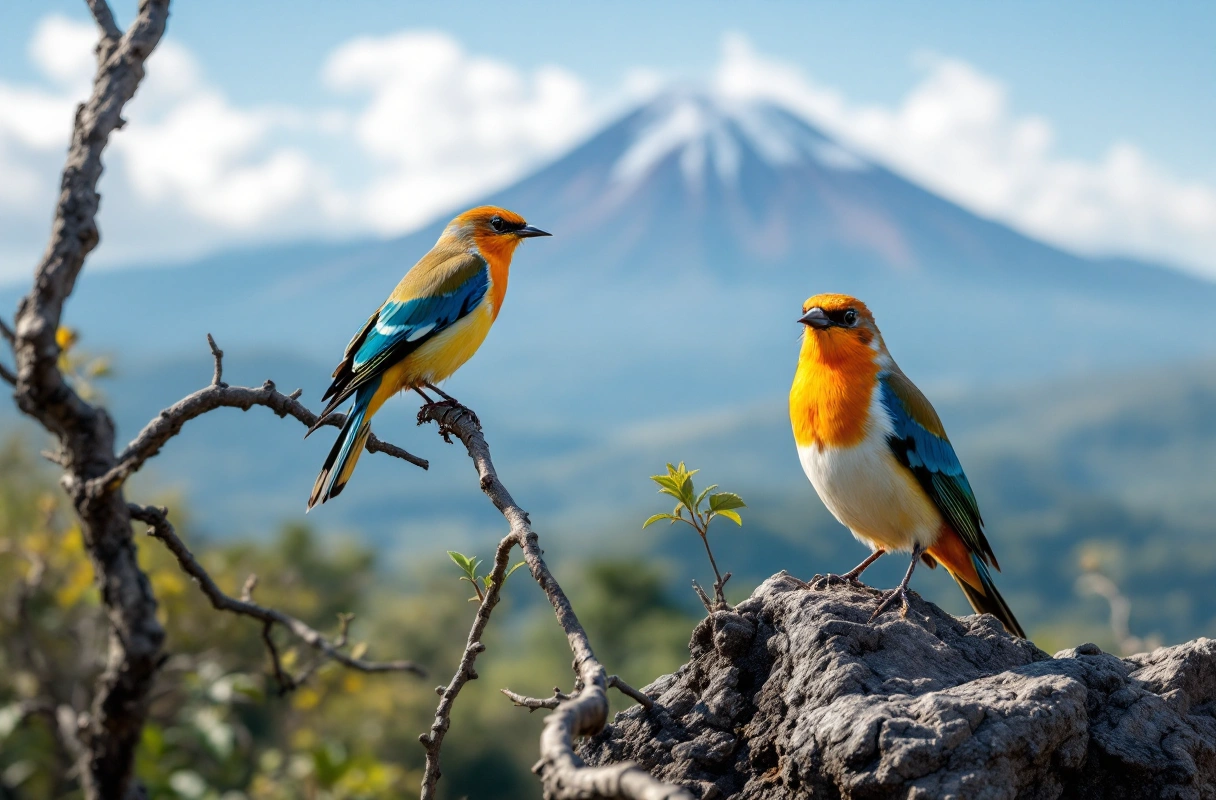
Kilimanjaro, known primarily for its towering summit and breathtaking landscapes, is also a hidden gem for birdwatching enthusiasts. The region boasts a diverse range of bird species, making it a prime location for both amateur and professional photographers seeking to capture the beauty of these feathered creatures. In this article, we will explore the art of bird photography in Kilimanjaro, focusing on essential techniques, the best birding routes in Kilimanjaro National Park, and actionable tips to enhance your birdwatching experience in Tanzania.

Kilimanjaro is home to over 150 bird species, many of which are endemic to the region. From vibrant sunbirds to majestic raptors, the avifauna here offers a rich tapestry of colors and behaviors that can be mesmerizing to photograph. Understanding the types of birds you may encounter is crucial in preparing for your photography expedition.
Some of the notable birds you might encounter include:
These species are not just beautiful; they also exhibit fascinating behaviors that can provide excellent photographic opportunities.
To maximize your chances of capturing stunning images of birds, timing your visit is essential. The best months for birdwatching in Tanzania, particularly in Kilimanjaro, are typically from November to April. During this period, migratory birds flock to the region, and the lush vegetation provides ample food sources for both resident and migratory species.

Navigating the diverse ecosystems of Kilimanjaro is key to successful birdwatching. The park features various habitats, from montane forests to open grasslands, each attracting different bird species. Here are some of the best birding routes to explore:
The Machame Route, often referred to as the "Whiskey Route," is not only popular for trekking but also for birdwatching.
The Marangu Route is known for its accessibility and offers a unique opportunity for birdwatching.
The Shira Plateau provides a high-altitude ecosystem that is rich in biodiversity.
This lesser-known route offers a more secluded birdwatching experience.
The Northern Circuit is a longer route that offers a diverse array of habitats.

Successfully photographing birds requires a blend of technical skill, patience, and an understanding of bird behavior. Here are some actionable tips to improve your bird photography skills:
Having the right equipment can make a significant difference in capturing stunning bird images.
To capture compelling photographs, understanding bird behavior is crucial.
Good composition can elevate your bird photographs.
Editing your photographs can enhance their appeal.
Bird photography can be challenging, and it's easy to make mistakes. Here are some common pitfalls to avoid:
Many photographers try to get as close as possible to their subjects, which can frighten them away.
Lighting plays a crucial role in photography. Shooting in harsh midday light can wash out colors.
In the excitement of birdwatching, it's easy to forget essential equipment or settings.
Birdwatching in Tanzania, particularly in Kilimanjaro, offers an incredible opportunity to connect with nature and deepen our understanding of avian life. As you explore the diverse ecosystems and capture stunning images of birds, consider how this experience can be shared with others, especially young learners. The Banana Slug Club is dedicated to fostering a love for nature, science, and exploration among students and nature enthusiasts alike.
Through educational resources and community engagement, the Banana Slug Club aims to inspire curiosity about the world around us. Whether you are a student eager to learn more about birds or an adult looking to share your passion with the next generation, the club provides valuable information and resources.
For those excited about learning more about birds and nature, visiting our website can provide you with further insights, tips, and resources to enhance your birdwatching experience. Join us in celebrating the beauty of nature and the joy of discovery. Reach out to us for more information on how you can get involved and continue your journey in birdwatching and photography.
Birdwatching is not just a hobby; it’s an opportunity to connect with the environment and cultivate a sense of stewardship for our natural world. With the right tools, knowledge, and community support from the Banana Slug Club, you can embark on a rewarding journey into the world of birds.
Get free resources, early access to new features and updates.
No spam. Just fun educational emails!